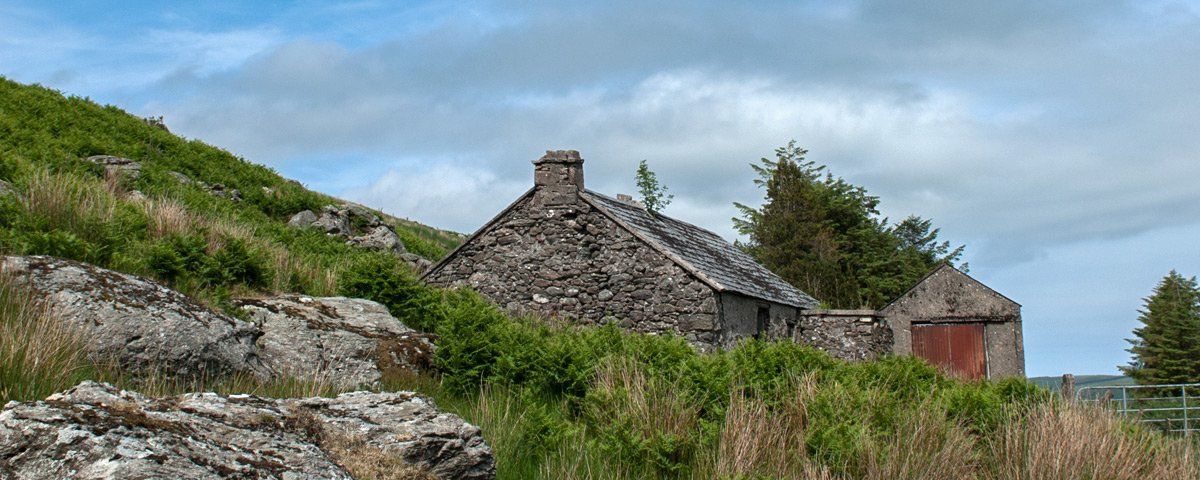Glendun / Glenaan Scenic Route
Length of Drive
18 miles / 29 kilometers
Route Description
18 miles / 29 kilometers
Route Description
A two glen experience (Glenaan and Glendun) on a lined two way 'B' roads through Glenaan, however, Glendun is a single lane road which winds its way up the glen and is not suitable for RV's or min-coaches. Drive with care and caution through Glendun as it is a working road where you can encounter farm machinery as well as sheep and oncoming vehicles, depending on where, this can mean a tight squeeze. It is signposted at the Glendun Viaduct and Barnish between Cushendall and Cushendun. The route will take 4 miles off the Causeway Coastal Route through Glencorp.
Glenaan is associated with Oisin the poet, warrior son of Finn MacCool, and the legend of Tir na nOg, it is also linked to John Hewitt, the poet of the glens. Both glens have a wild natural beauty with abandoned ruins scattered throughout the glens which reflect the hard living conditions that were endured here for centuries. The road through Glendun is narrow in places and used by local people and farmers so pull the wing mirrors in and drive carefully. Glenaan is a two-lane road, both offer gorgeous views and give you a glimpse of the fabulous glens landscape, from the fertile wooded lowlands to almost tundra tops.
Glendun was where Sorley Boy McDonnell brought his small force of soldiers in the dead of night and quietly moved up the glen into the heart of the McQuillan, O'Neill and English camps. He prepared ground before dawn that would lure the English cavalry down to attack him, they became stuck in a muddy swamp area covered by cut reeds and were eventually defeated at the Battle of Orra. Rory McQuillan, Hugh O'Neill and the Capt. Thomas Catterton were all killed. Glendun also has the famous Charles Lanyon bridge, built as part of the Grand Military Way which became the Antrim Coast Road and now the Causeway Coastal Route.
There is also a penal worship site near ancient Craigagh Wood at the bottom of the glen. Glenaan will give you good views over Glencorp (glen of the dead) and part of Glenballyeamon as well as the Fairy Hill of Tivereagh. At the top, the rugged landscape bears testament to the glacial power that shaped them with huge boulders left lying on the surface. The story of Oisin relates to him trying to help local men move one such boulder before his saddle broke and he touched the forbidden earth below and died, this was during his visit home from Tir na nOg. He is said to be buried in Glenaan at Oisian's Grave, a ring of ancient stones in the townland of Lubitavish. The overriding sense of wildness gives these two glens their uniqueness and beauty.



